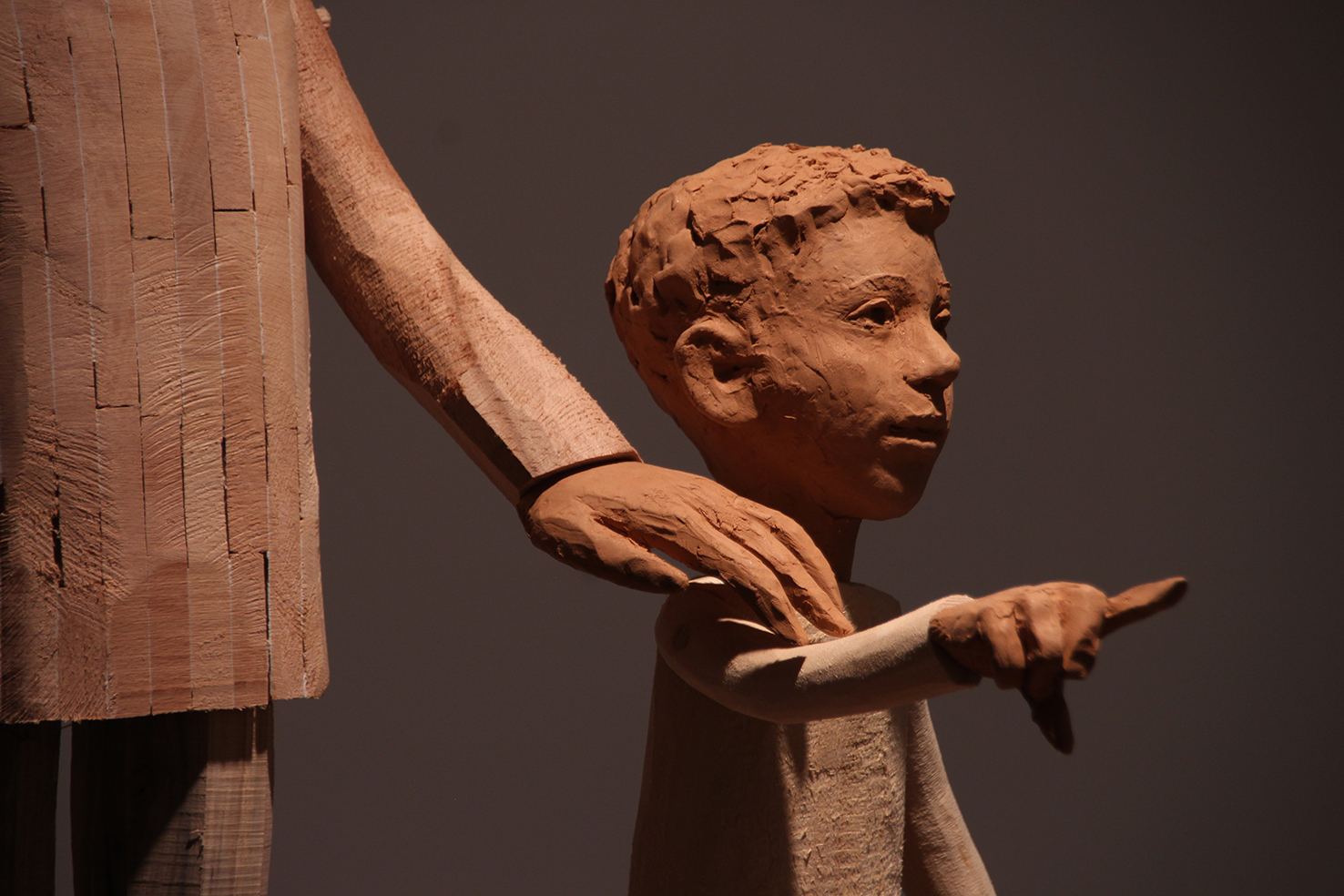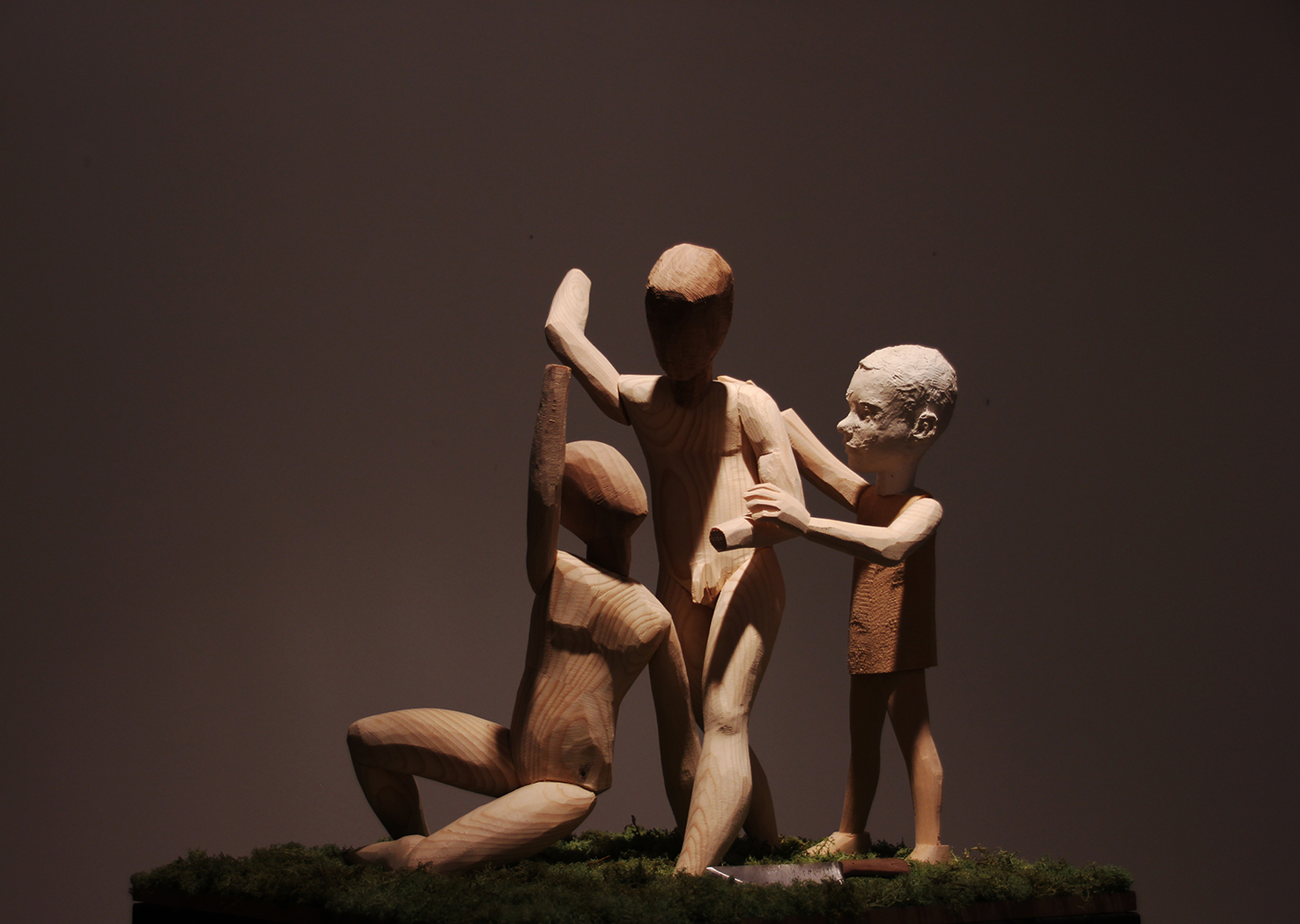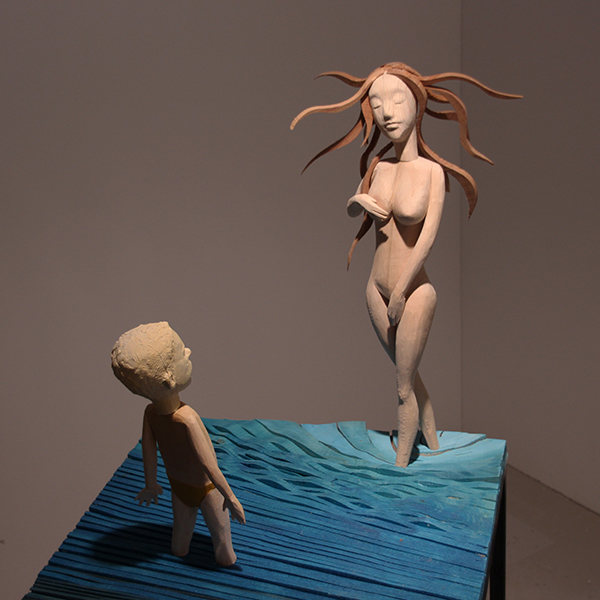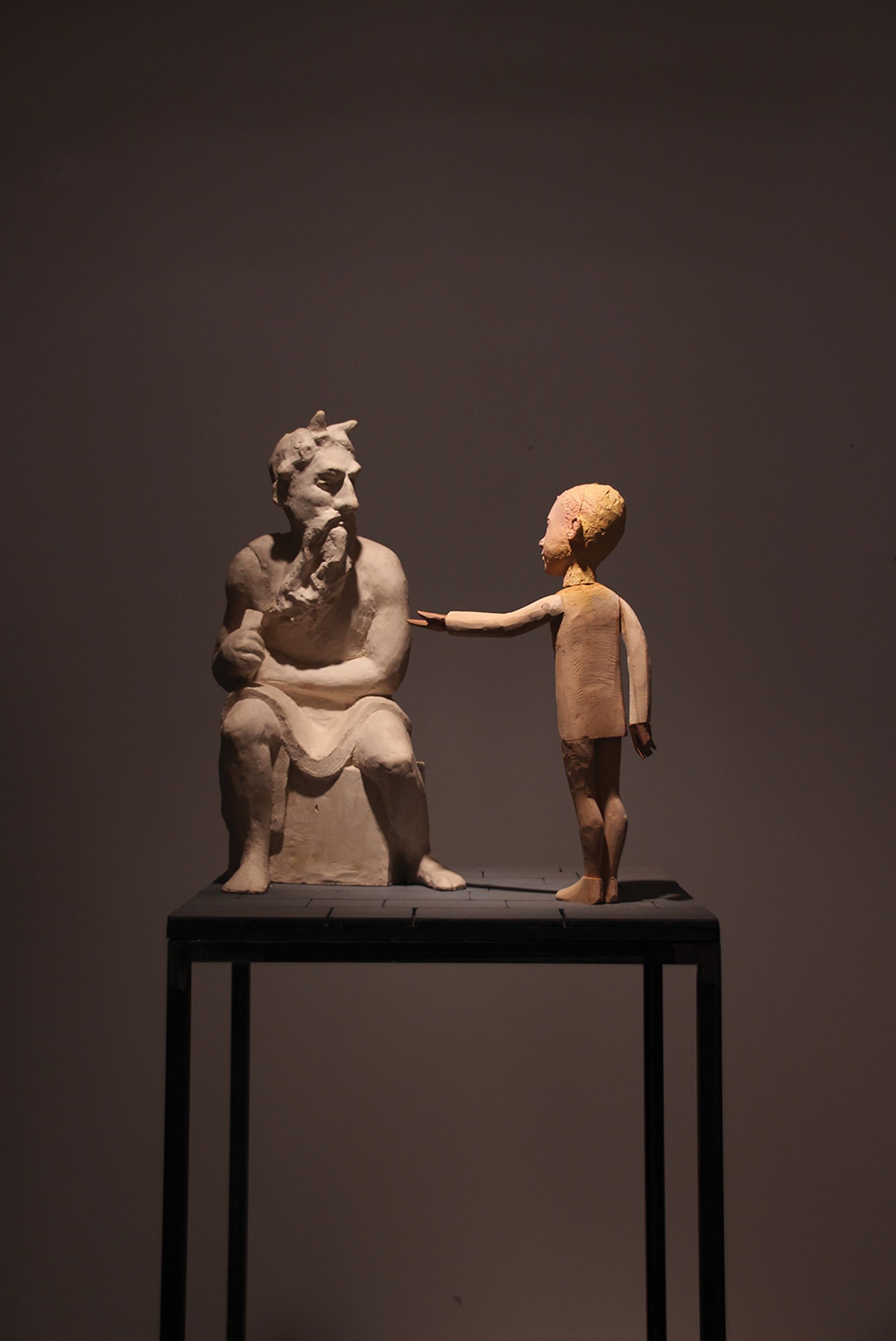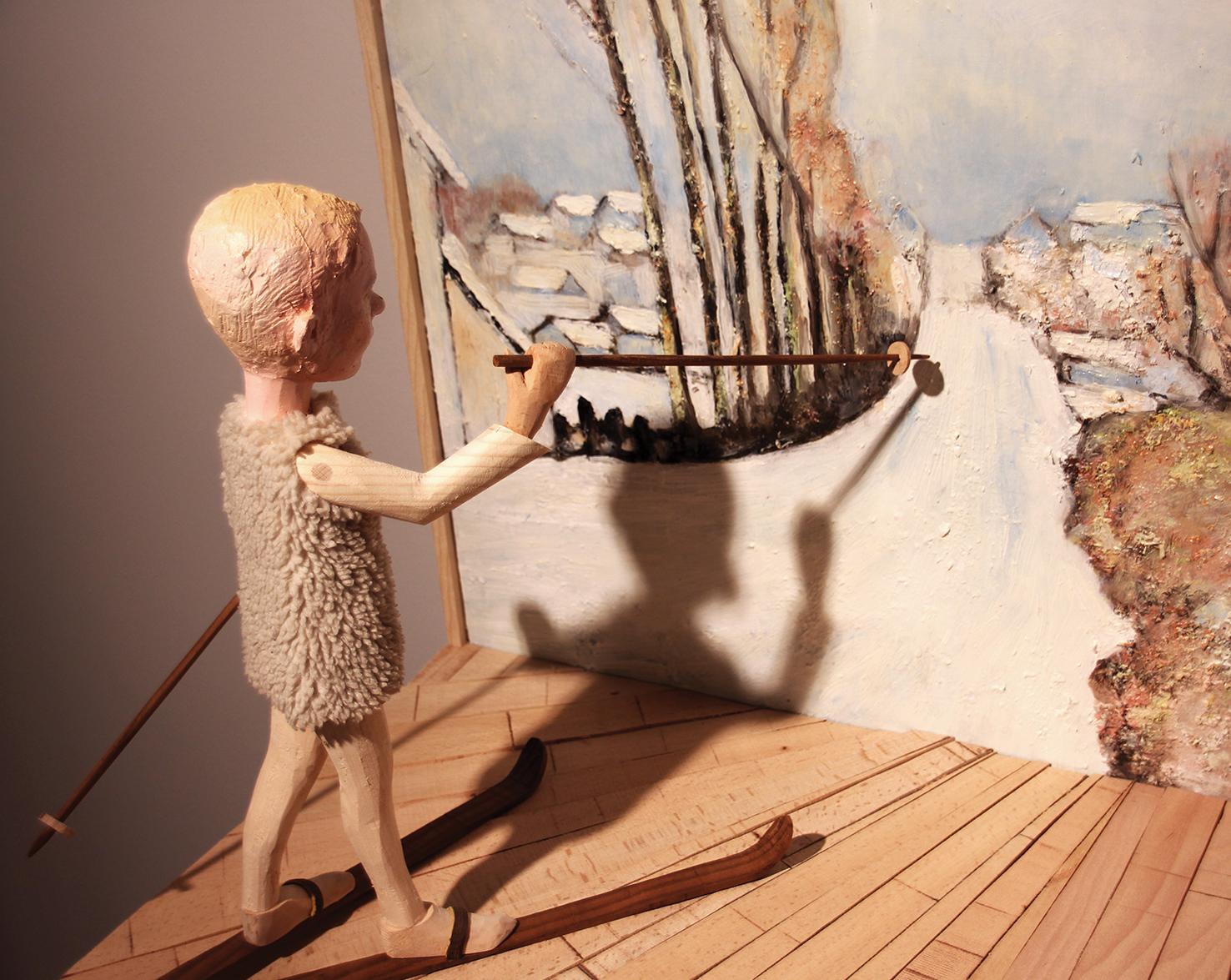Marko Crnobrnja, WE’VE GOT IT ALL WRONG…
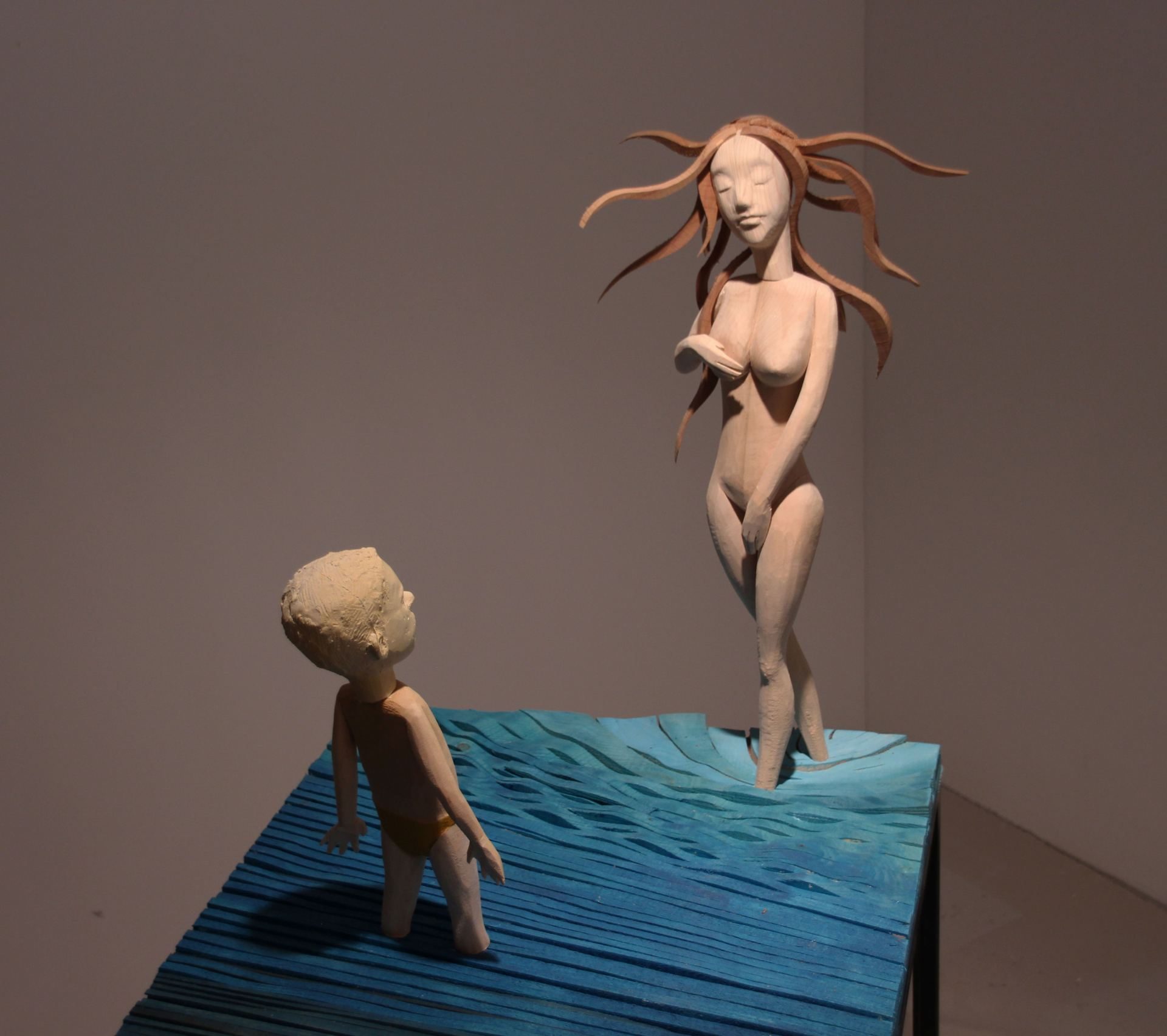
Marko Crnobrnja
WE’VE GOT IT ALL WRONG…
Art Gallery – Cultural Centre of Belgrade
Knez Mihailova 6
12.11 – 3.12.2020.
* Due to the current epidemiological circumstances, there will be no official opening. However, the exhibitions will be open to the public from Thursday, November 12th 12 PM.
We’ve Got It All Wrong…
Marijana Vaščić
The more symbolic references we find in a work of art, the more complicated it is to decipher its context, and the space for different interpretations is as wide as, e.g., in the area of abstract art. If we are not sure that Cain killed Abel, or that Eve was the one who took the apple, and not Adam, can we fully understand the meaning and context of the work in front of us?
To understand art or a work of art, as well as a network of intertwined iconological symbols, a set of certain prior knowledge is generally required, to enable it to be recognized and interpreted adequately. The art of art history lies in the fact that it reveals the layers of meaning and complex relationships lying behind what we all see at first glance. We recognize shapes and colours, but our perception is, conditionally speaking, limited if we do not know the context of the given relationships, which leaves enough space for an unlimited series of (wrong) interpretations. From the perception of a child’s mind, art is much simpler. Children interpret works of art through associations and correlations that they can establish with familiar situations from everyday life; their criteria are inconsistent and they are not based on the cultural and historical framework or stylistic features of the author. Only with maturing and the development of thinking in the years of adolescence does the symbolic content become relevant as a criterion, while at the same time the meaning of the specifically presented content decreases sharply. This implies that, although at that moment there is a capacity to understand the complex relationships and narratives that the work carries, it is not perceived as important, which leads to freer and wrong interpretations of certain images.
In his opus so far, Marko Crnobrnja has profiled himself as an artist-pedagogue, an author who places the figure of a child at the centre of his sculptural thinking and creates highly narrative compositions of a didactic character through reduced settings. The intense merging of the roles of a parent and artist has evolved and culminated in the latest series of sculptural scenes, in which the main character can be seen as the artist’s alter ego, reliving his first encounter with certain works of art. Twelve scenes form a constellation in space that can be characterized as a brief introduction to art history, an overview of the most famous, or most recognizable, examples presented in three units – religious, world and national art, incorporating the figure of a boy who found himself there, a teenager in a dilemma, who encounters them for the first time. With reduced means, through gestures and facial expressions, the artist creates mutual relationships within each scene and depicts a moment stopped in time, a little indifferent, but filled with anticipation, uncertainty of the next moment. What is characteristic of this series, and different from Marko Crnobrnja’s earlier works, where the main message is very clear and unambiguous, is that each scene contains a kind of a twist, a witty turn of the situation and straying from the generally accepted narrative, due to a wrong perception, ignorance of the basics of not only art history, but also biblical, historical themes and general culture on the whole. At the same time, such an approach requires the viewer to have a certain knowledge of the circumstances in order to recognize the intentions of the author and detect “disputed” moments, which gives a new dimension to the educational character of Marko Crnobrnja’s sculptures.
Having passed the path from universal problems and worries related to growing up and parenting, the author now focuses on the topic of art (and general) education. Marko Crnobrnja’s Wooden Pedagogy has become fine arts pedagogy and brought to the fore the importance of art education, often neglected and underestimated, while the main character, who interprets everything wrongly, can be understood as a symptom of the time in which not enough attention is paid to museum education of young people. On the other hand, generations of young people growing up in an era when everything is instant, including culture and art, often do not have time to dedicate to something that requires more detailed analysis or does not provide all the answers now and immediately, which is why a fallacy occurs. The very title of the exhibition We’ve Got It All Wrong… is a kind of Marko Crnobrnja’s warning to the audience, a short comment that should make the viewers ask themselves about what they see; critically re-examine it, because things are usually not as it seems at first glance.
Marko Crnobrnja was born in Obrenovac in 1978; he graduated from the Faculty of Fine Arts in Belgrade, Sculpture Department, in 2005. Since 2017 he has worked as an art associate at the Faculty of Applied Arts in Belgrade.
Over the past fifteen years, he has marked major events and periods of his life with his works and his artistic and narrative expression ensured his presence on the contemporary art scene. In the attempt to find the right answers to the process of growing up and its phenomena, he has created many works of art that, with their continuity and visual qualities, offer a different view of contemporary sculpture.
He lives and works in Belgrade.
COVID-19:
* The galleries will be open from 12 to 8 pm, except on Sundays. Visitors must wear masks in the gallery spaces at all times and there will be sanitizer available onsite. There will be a limited number of visitors allowed in the spaces and physical distancing of two meters will be required.
